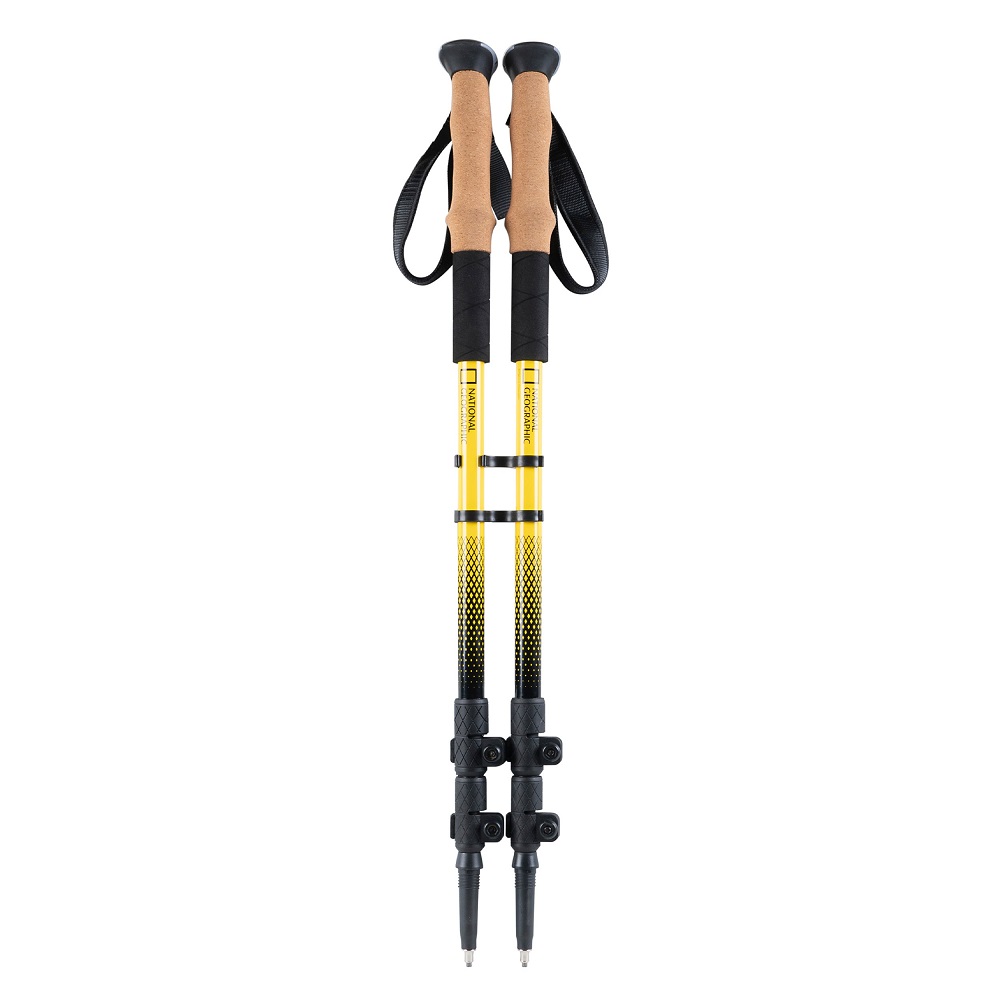Hiking is a wonderful activity that connects us with nature, challenges our physical limits, and allows us to explore beautiful landscapes. However, proper equipment is essential to ensure a safe and enjoyable experience on the trails. One such piece of equipment that often proves invaluable are hiking poles. Although they might seem like an accessory to some, hiking poles can significantly enhance your hiking experience by providing stability, reducing the impact on joints, and improving posture while walking. With so many options available on the market, how do you choose the right hiking poles that fit your specific needs? This article will guide you through the selection process, helping you decide on the best hiking poles for your adventures.
Benefits of Using Hiking Pole
Hiking poles are more than just accessories for trekking enthusiasts. They play a vital role in improving your hiking experience by offering physical benefits and making trekking safer. Below are the key advantages you can expect from using hiking poles.
Improved Stability and Balance
Hiking poles enhance stability on tricky trails. They act as additional support points, helping to stabilize your posture. On uneven terrains or slippery surfaces, poles reduce the risk of falls, ensuring safer hikes. They also assist in maintaining balance when carrying heavy backpacks.
Reduced Strain on Joints
Using hiking poles can reduce stress on your knees and hips during steep climbs or descents. They help distribute your body weight evenly, taking pressure off your joints. This is particularly important for hikers with previous injuries or joint issues. Poles also reduce shock impacts, preventing long-term strain.
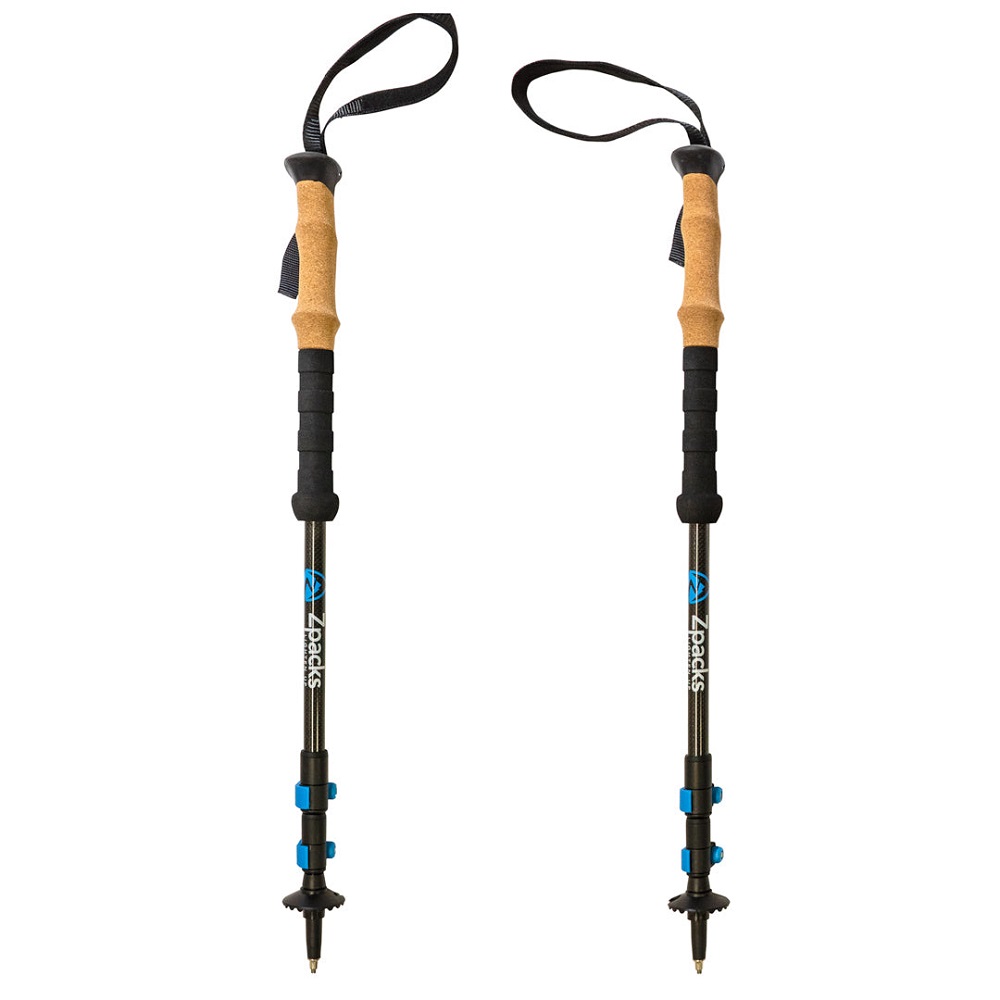
Enhanced Traction on Various Terrains
Hiking poles improve grip and traction on different terrains. Whether trekking through loose gravel, snow, or mud, they provide extra control. Poles also give hikers confidence when navigating slippery surfaces or narrow paths. By using poles, you can move with greater efficiency and less fatigue.
Types of Hiking Pole
Choosing the right type of hiking poles is crucial for a comfortable trekking experience. Each type serves specific needs and offers unique benefits. Below, we explore the three main types of hiking poles to help you find the perfect fit for your adventures.
Telescoping Hiking Poles
Telescoping hiking poles are adjustable and versatile. They can be lengthened or shortened based on the terrain and user’s height. These poles are typically made from durable materials like aluminum or carbon fiber. They work well for various hiking conditions, including steep ascents and descents. Telescoping poles are great for hikers who need flexibility and ease of storage.
Folding Hiking Poles
Folding hiking poles are compact and ultra-lightweight. They collapse quickly into smaller sections, making them ideal for travel. These poles are popular among long-distance trekkers and backpackers due to their easy portability. However, they are slightly less adjustable compared to telescoping poles. Folding poles balance convenience and performance for short hikes and extended trips.
Fixed-Length Hiking Poles
Fixed-length hiking poles are designed for simplicity and durability. They do not feature adjustable components, making them suitable for specific height ranges. These poles are generally lighter and sturdier, as they lack additional parts like locks. Fixed-length poles are ideal for trail runners or fast-paced hikers seeking minimalism and reliability.
Understanding the differences among these types of hiking poles can help you make an informed choice. Consider your hiking style, terrain, and storage needs when selecting the best poles for your outdoor adventures.
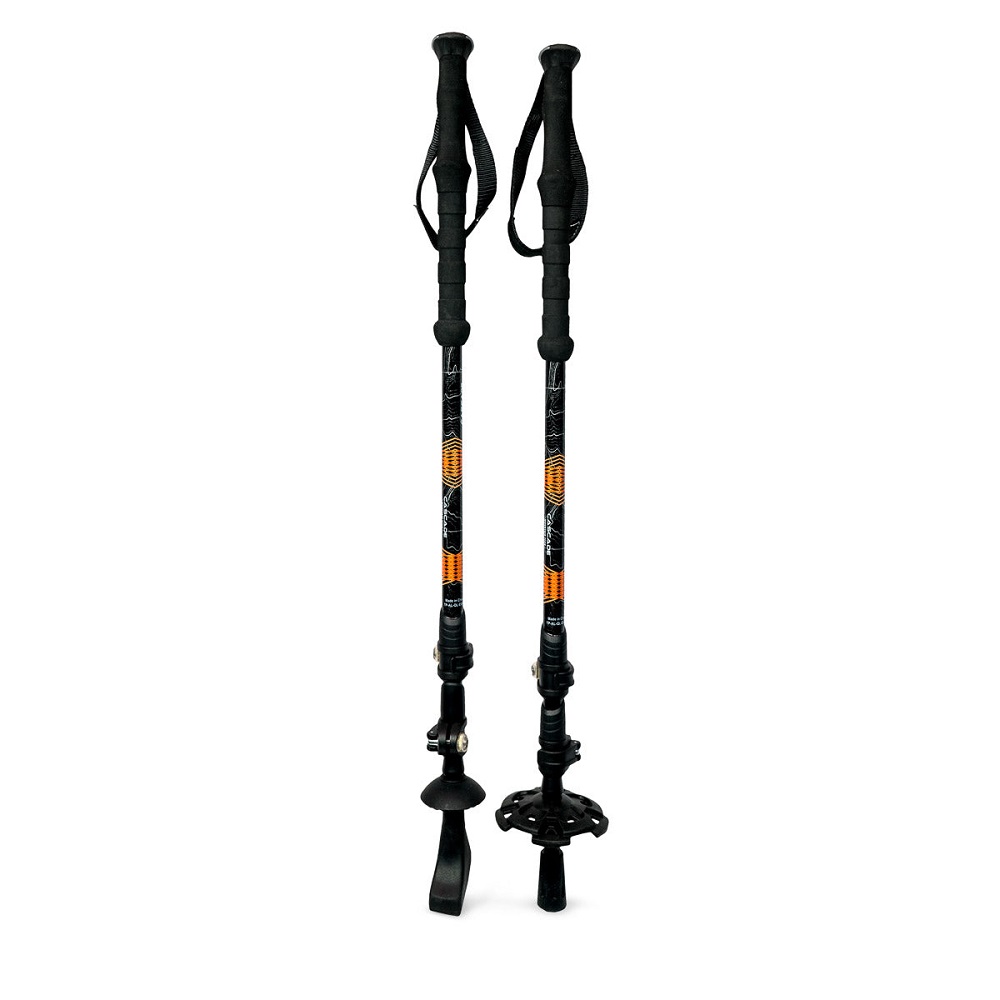
Key Features to Look for in Hiking Pole
Choosing the right hiking poles involves considering certain key features. These features influence performance, comfort, and durability. Let’s explore the main aspects to examine when selecting hiking poles.
Material: Aluminum vs. Carbon Fiber
The material of hiking poles determines their weight, durability, and flexibility:
- Aluminum poles are highly durable and can withstand harsh impacts. They are slightly heavier than carbon fiber poles but are more affordable. Aluminum is a reliable choice for rugged terrains.
- Carbon fiber poles are extremely lightweight, reducing fatigue during long hikes. They are strong but less impact-resistant than aluminum. These poles are ideal for minimalist hikers.
Consider your hiking style and terrain when choosing between these materials.
Grip Types: Cork, Foam, and Rubber
The grip of hiking poles affects comfort and control during use. Here’s a breakdown of the common grip types:
- Cork grips provide excellent comfort by conforming to your hand’s shape over time. They wick away sweat and reduce vibrations.
- Foam grips offer a soft and lightweight option. They are great for absorbing moisture while remaining comfortable.
- Rubber grips are durable and work well in cold or wet conditions. However, they may cause discomfort in hot weather.
Choose a grip type that suits your personal comfort and climate conditions.
Locking Mechanisms: Lever Lock, Twist Lock, and Push-Button
Locking mechanisms secure the pole’s length and adjustability. Common options include:
- Lever locks (flick locks) are easy to adjust and reliable on the trail. They are durable and great for quick length adjustments.
- Twist locks are lightweight and simple but can loosen over time. They work well for low-impact hikes.
- Push-button locks provide fast assembly and disassembly. They are commonly found in compact folding poles.
Select a locking mechanism based on ease of use and the terrain you’ll encounter.
By focusing on these features, you can select hiking poles that meet your needs and enhance your trekking experience.
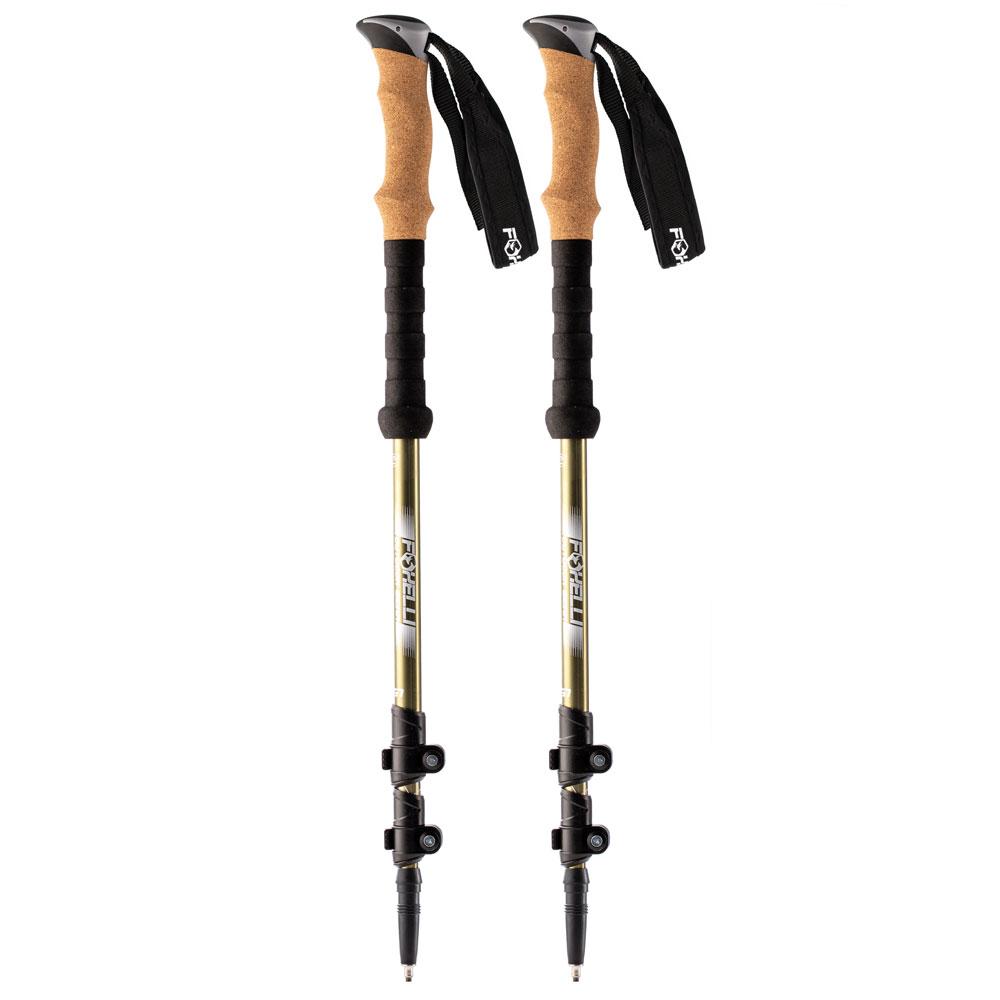
How to Choose the Right Size of Hiking Pole
Selecting the correct size of hiking poles is essential for comfort and efficiency on the trail. The pole length affects your posture, reduces energy wastage, and prevents unnecessary strain. Here’s how to determine the proper size for your hiking needs.
Measuring Correct Pole Length
To find your correct pole length, follow these steps:
- Stand upright with your arms at a 90-degree angle: The hiking poles should match this height when the tips rest on the ground.
- Use the manufacturer’s sizing chart: Many brands provide charts to guide you based on your height.
- Test the poles in-store: Adjust them to ensure the fit feels natural and comfortable.
For example, hikers under 5 feet 1 inch generally need poles between 100–110 cm. Taller hikers may require poles 120–135 cm.
Adjusting for Terrain and Activities
Hike smarter by adjusting your pole length based on terrain specifics and activity:
- Uphill: Shorten your poles by 5–10 cm. This provides better traction and balance during steep ascents.
- Downhill: Lengthen your poles slightly for stability and control as you descend steep slopes.
- Flat Terrain: Keep your poles at an even length for consistent support on level trails.
Additionally, consider your hiking activity. For example:
- Trail runners and fast hikers: They might favor fixed-length poles for a minimalist approach.
- Multi-terrain explorers: Adjustable poles work best as they adapt to different surfaces easily.
By finding the right size and adjusting to your activity, hiking poles can improve your trekking performance and provide lasting comfort.
Techniques for Using Hiking Pole
Learning proper techniques for using hiking poles is essential to maximize their benefits. Whether trekking steep paths or navigating water crossings, mastering these methods ensures safer and more efficient hikes.
Proper Hand and Wrist Placement
Positioning your hands and wrists correctly enhances comfort and control with hiking poles. Follow these steps:
- Use the straps securely: Slide your hand through the strap from below. Grip the pole for stability.
- Hold the grips comfortably: Avoid gripping too tightly to prevent hand fatigue.
- Relax your wrists: Let your wrists guide the pole’s movement naturally, reducing strain.
Proper placement improves stability while maintaining energy during long treks.
Using Poles for Uphill and Downhill Trekking
Different terrains require adjustments in your pole technique for effective trekking.
- Uphill: Shorten your poles to improve traction and reduce pressure on your legs. Plant poles slightly ahead of your steps for balance.
- Downhill: Lengthen your poles for greater control. Place them ahead to stabilize your descent.
Adapting pole usage ensures better balance and eases strain on steep terrains.
Hiking poles offer added support when crossing streams or rivers. Here’s how:
- Plant poles firmly: Test the stability of the ground or rocks before stepping forward.
- Cross slowly: Use poles to steady yourself and prevent slipping on wet surfaces.
- Pause if necessary: Check for balance at each step to avoid sudden spills.
Using poles effectively in water crossings minimizes risks and keeps your hike safe.
By refining these techniques, hikers can make challenging trails and conditions more manageable.
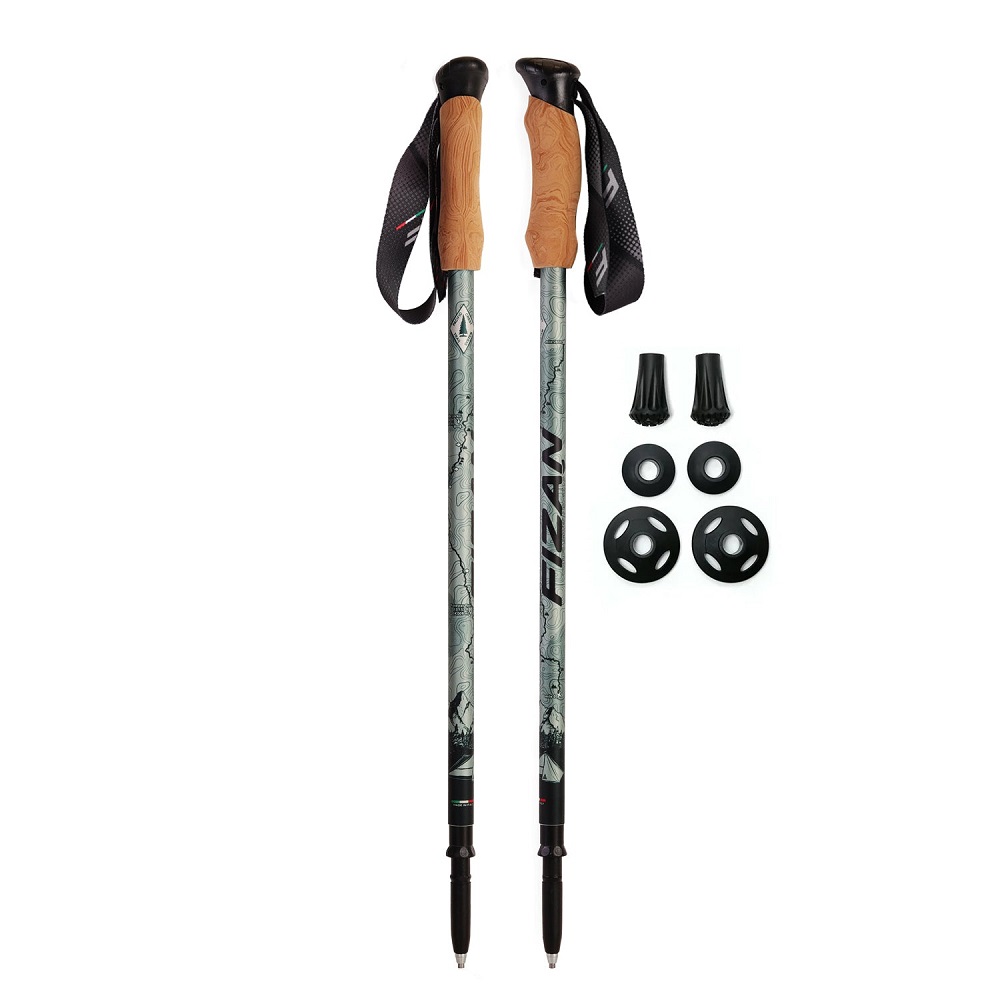
Caring for and Maintaining Your Hiking Pole
Taking care of your hiking poles ensures their longevity and reliable performance. Routine maintenance keeps them functioning well during your adventures. Below are key tips for cleaning, storing, and troubleshooting.
Cleaning After Use
Proper cleaning prevents damage and keeps hiking poles in excellent condition:
- Remove dirt and debris: Use a damp cloth to wipe poles after every hike. Focus on joints and grips.
- Clean locking mechanisms: Open and clean locking areas to remove trapped dirt or mud.
- Dry thoroughly: Ensure poles are dry before storing to prevent rust or grip damage.
- Avoid harsh chemicals: Use mild soap if needed, especially on aluminum or carbon fiber poles.
Cleaning after each use protects your poles and enhances their durability.
Storage and Transportation Tips
Storing and carrying your hiking poles correctly reduces wear and tear:
- Collapse adjustable poles: Shorten telescoping or folding poles to save space.
- Keep poles in protective bags: Use pole bags to prevent scratches or damage.
- Store away from extreme temperatures: Avoid direct sunlight, excessive heat, or cold when storing.
- Secure poles in transit: Fasten your poles properly when carrying them in backpacks or vehicles.
Good storage habits ensure your hiking poles stay in prime condition over time.
Troubleshooting Common Issues
Address common hiking pole problems immediately to keep them functional:
- Loose locking mechanisms: Check and tighten locks. Replace damaged lock systems if necessary.
- Grip wear: Replace cork, foam, or rubber grips when they lose comfort or functionality.
- Bent or damaged shafts: Consult the manufacturer for possible repairs or replacements.
- Noise during use: Inspect joints and clean moving parts to reduce clicking or creaking sounds.
Timely troubleshooting prevents minor issues from affecting your hikes.
By following these care tips, your hiking poles will remain a reliable companion for every outdoor journey.
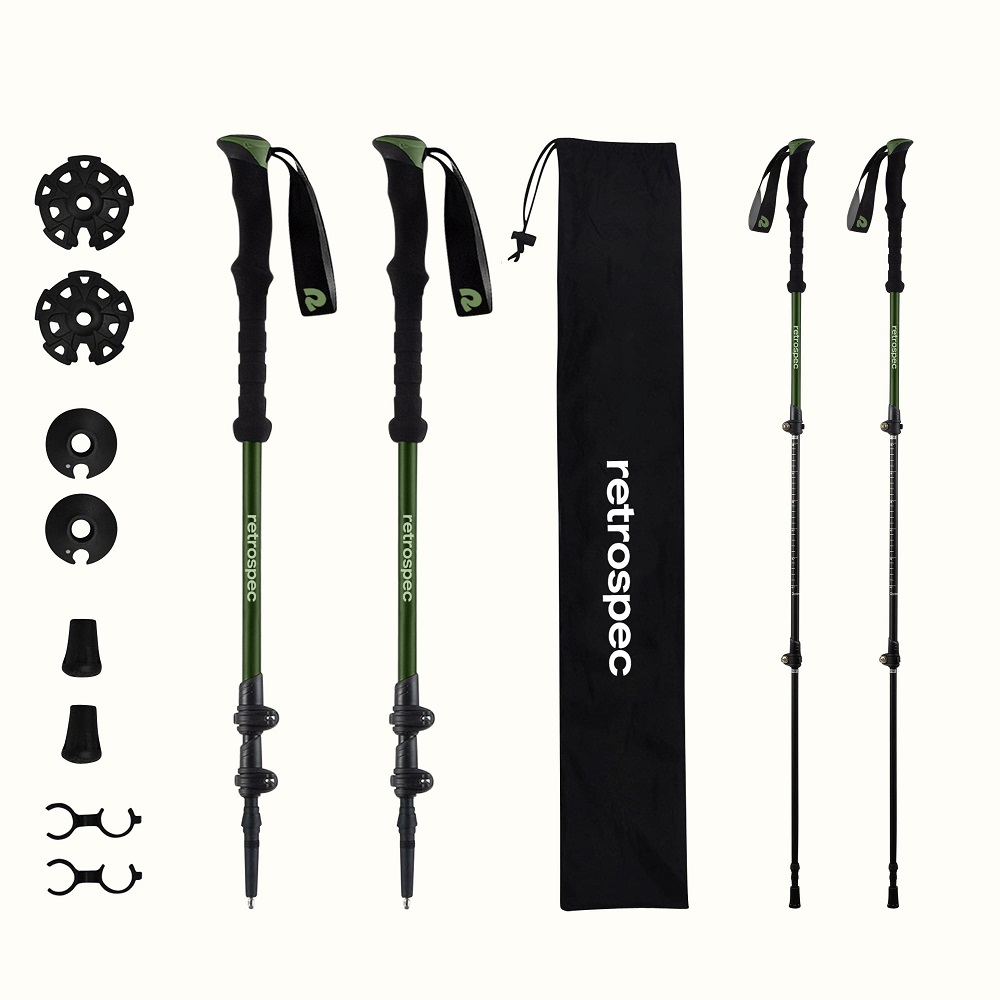
Top Hiking Pole Brands and Recommendations
Choosing the right hiking poles often comes down to brand reliability and personal preferences. Top brands combine innovation, durability, and comfort to enhance every hike. Here, we discuss popular brands, budget vs. premium options, and user insights.
Popular Brands on the Market
Several brands excel in creating high-quality hiking poles. Here are some of the most trusted names:
- Black Diamond: Known for durability and innovative locking mechanisms like FlickLock.
- LEKI: Offers ergonomic designs and well-cushioned grips for long-term comfort.
- TrailBuddy: Popular for affordability and robust aluminum construction.
- Komperdell: Features lightweight options and carbon fiber models focused on performance.
- Cascade Mountain Tech: Loved for quality poles at reasonable prices, featuring durable aluminum or carbon fiber designs.
Each brand caters to different hiking needs, from casual walks to rugged treks.
Budget-Friendly Options vs. Premium Choices
Hiking poles range from affordable to high-end choices. Here’s a breakdown of what to expect:
- Budget-Friendly Options: These poles are typically made of aluminum. They are durable but heavier.
- Examples: TrailBuddy and Cascade Mountain Tech.
- Best for beginners or occasional hikers.
- Premium Choices: These poles often use carbon fiber for reduced weight and advanced features.
- Examples: LEKI and Black Diamond.
- Ideal for frequent hikers or those seeking peak performance.
Choosing between these options depends on your budget and hiking frequency.
User Reviews and Experiences
User feedback provides valuable insights into real-world performance. Here are some common themes:
- Durability: Hikers praise aluminum poles for withstanding rough trails and impacts.
- Comfort: Cork grips receive consistent appreciation for reducing hand fatigue during long hikes.
- Weight: Reviewers prefer lightweight carbon fiber poles for multi-day trekking.
- Portability: Folding poles often stand out for ease of transportation.
Reading reviews helps you align pole features with your hiking requirements. Learning about experiences can guide better decision-making.
Whether you prefer premium performance or an affordable choice, prioritizing a trusted brand ensures a better hiking experience.
Conclusion
Hiking poles can drastically enhance your hiking experience by providing stability, reducing joint strain, and improving overall endurance. By understanding the features that matter most and carefully considering your personal needs and preferences, you can select the perfect hiking poles that will serve you well on your adventures. Remember to prioritize comfort and usability over price alone, as quality poles can make a world of difference in both safety and enjoyment on the trails. So, gear up and get ready for your next hiking adventure with the right poles in hand!
